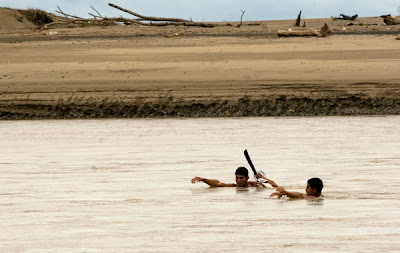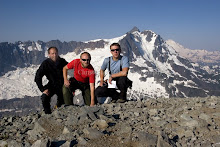On the first day in Boquete, Panama, Tico Times reporter, Manuel Valdes, and I spent about 7 hours exploring, interviewing sources and meeting local residents (ex-pat and native).

First stop: Paradise Gardens, owned by British ex-pats Paul and Jenny Saban. They started developing the property two years ago so they could turn it into a sanctuary for the endangered animals they rescue and breed. Today it is a thriving botanical-like garden with various species of macaw, owls and monkeys, not to mention the tent with dozens of species of orchid.

As soon as we arrive, Maysie, a 6-month-old howler monkey, greets us on the porch. She is friendly and full of energy, pouncing on our heads if we get too close.

We walk a little farther down the path and find more baby monkeys (without diapers on). The macaws and cockatoos start to squawk. The Sabans provide a home for hyacinth, scarlet (below) and green-wing macaws, as well as a few types of cockatoos, like the molackan cockatoo (above).


I get the stare-down from the green-wing macaw (above).
The Sabans allow visitors to meander through the property for $5 per person. Paul says they may get about 20 people per day during the peak travel season, which starts in January, but they also work with local schools to educate students on wildlife conservation.
— Christopher






















































